How Is Caffeine Removed from Coffee? The Decaf Process
1. The Swiss Water Process (Chemical-Free)
This is the favorite among health-conscious coffee drinkers. It uses only water, temperature, and time free of chemicals.
Here’s how it works:
- Green beans are soaked in hot water to dissolve caffeine and flavor compounds.
- The water is then filtered through activated charcoal, which traps the caffeine·
- That caffeine-free, flavor-rich water (called “Green Coffee Extract”) is then used to soak new batches of beans.
- Since the water already contains flavor compounds, the new beans lose caffeine but retain flavor.
This process is 100% chemical-free and often used for organic coffees.
Decaf coffee seems simple: coffee without the kick
But removing caffeine from coffee? That’s a complex, science-driven process. It requires precision, time, and technique, whilst trying to keep the flavor intact.
YPAK will covers the basic practices of how to remove caffeine without sacrificing taste.
Why Remove Caffeine?
Not everyone wants the kick found in caffeine. Some drinkers love the flavor of coffee but not the jitters, the heart palpitations, or the late-night insomnia.
Others have medical or dietary reasons for avoiding caffeine, and prefer decaffeinated coffee. It’s the same bean, same roast, just without the stimulant. To achieve this, caffeine has to be taken out.
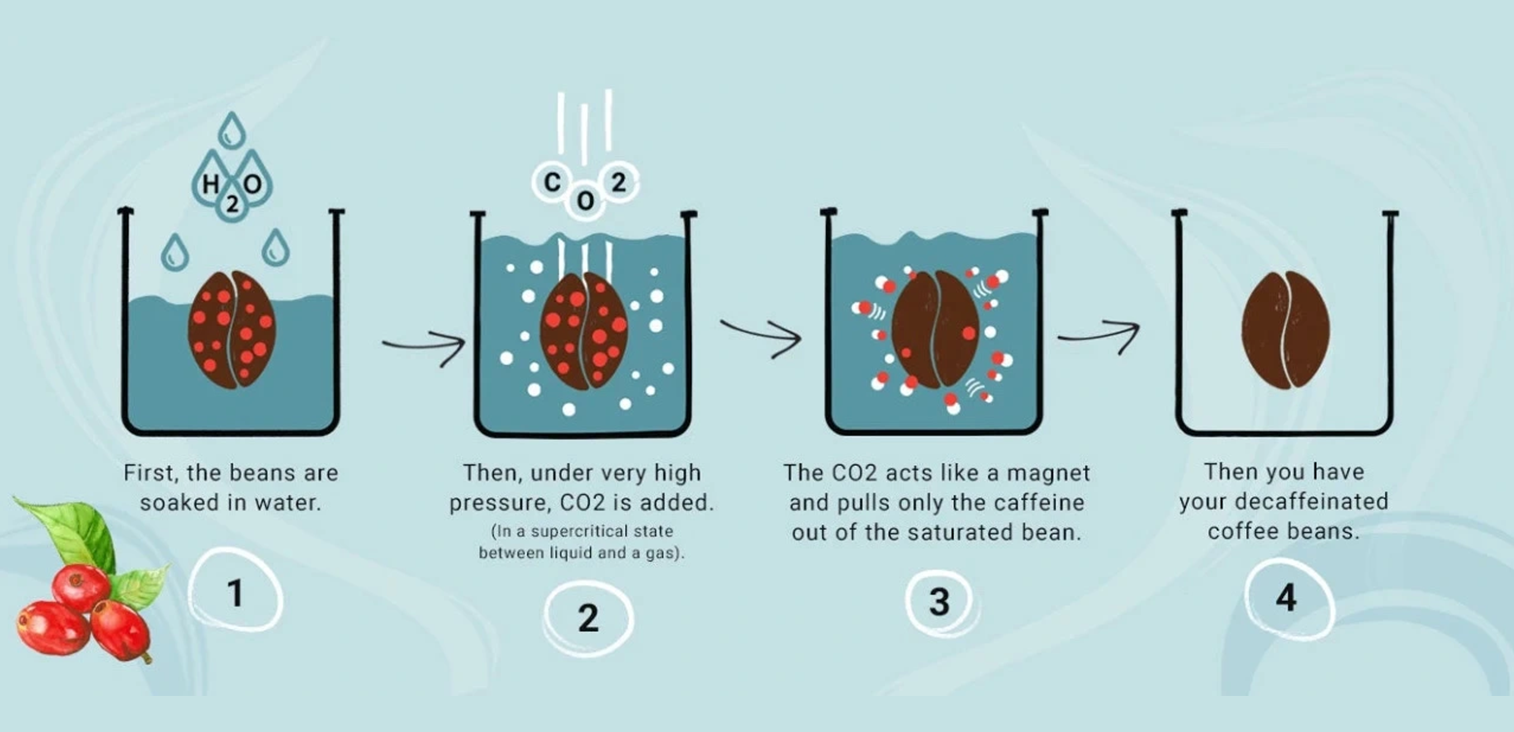
The Four Main Decaffeination Methods
Trying to decaffeinate roasted beans would destroy the structure and flavor. That’s why all decaf methods start at the raw stage, removed from unroasted green coffee beans.
There’s more than one way to make a coffee decaf. Each method uses a different technique to extract caffeine, but they all share a common goal which is to remove the caffeine, and preserve the flavor.
Let’s break down the most common methods.

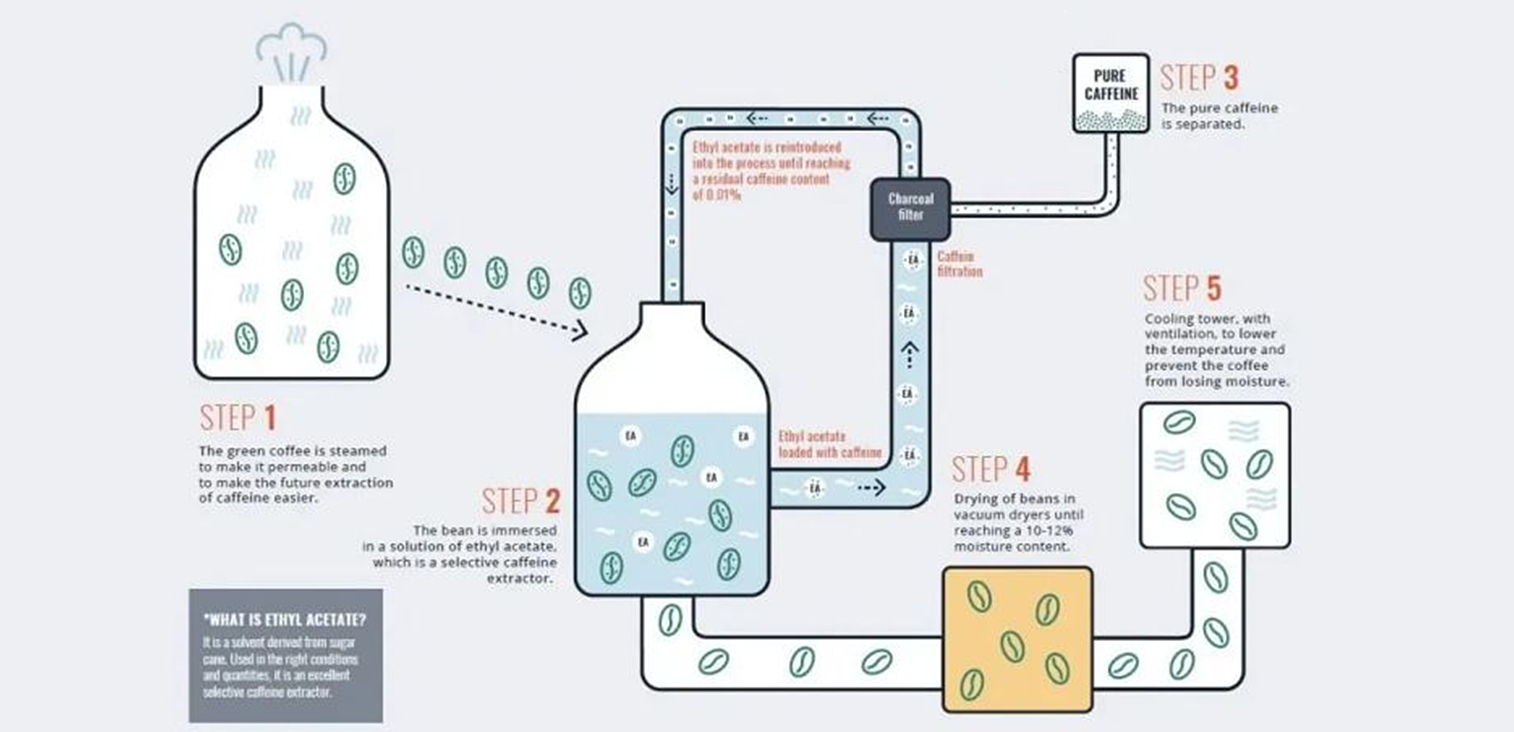
2. Direct Solvent Method
This method uses chemicals, but in a controlled, food-safe way.
- Beans are steamed to open their pores.
- Then they’re rinsed with a solvent, usually methylene chloride or ethyl acetate, which selectively binds to caffeine.
- The beans are steamed again to remove any leftover solvent.
Most commercial decaf is made this way. It’s fast, efficient, and by the time it hits your cup, no harmful residue remains.
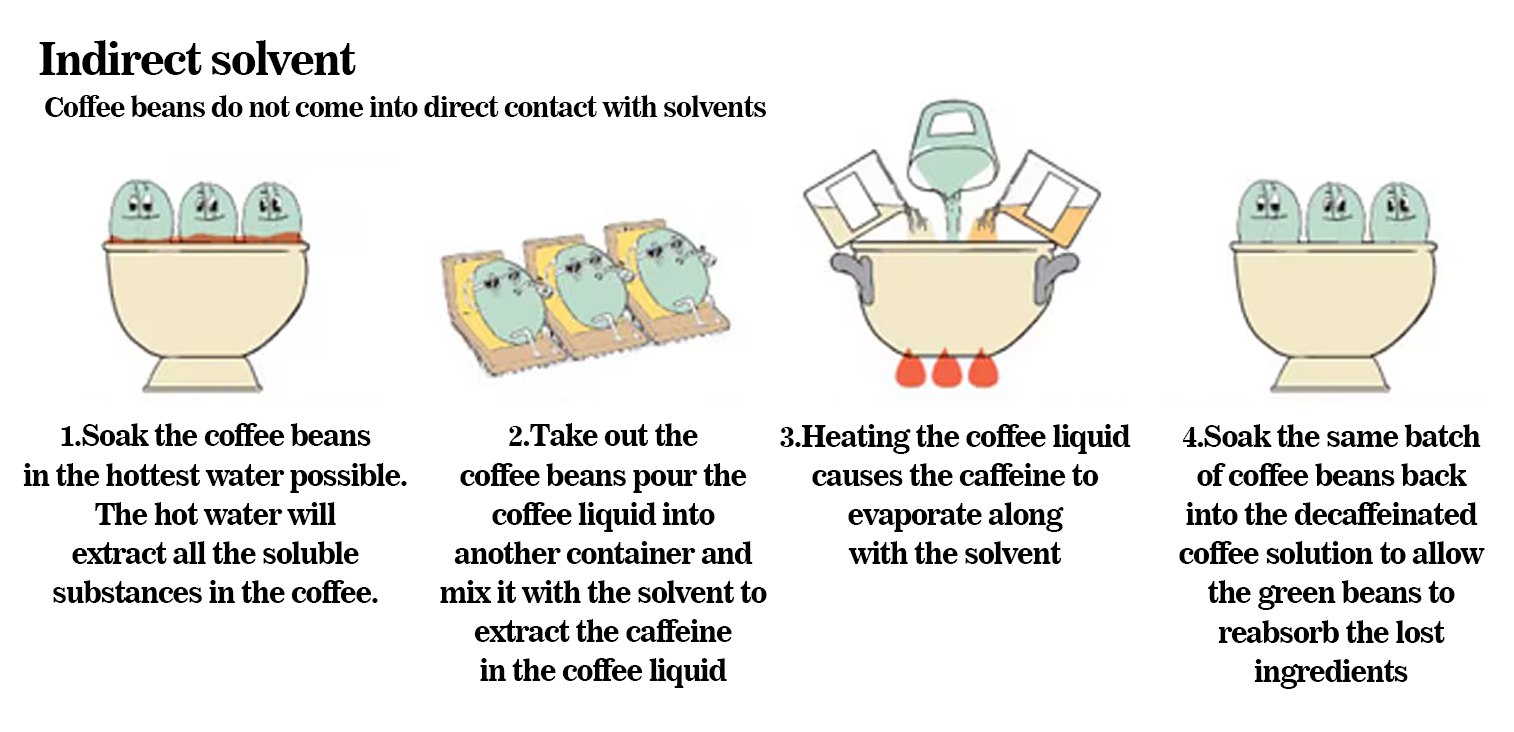
3. Indirect Solvent Method
This could be described as a hybrid between Swiss Water and direct solvent methods.
- Beans are soaked in hot water, drawing out caffeine and flavor.
- That water is separated and treated with solvent to remove the caffeine.
- Then the water is returned to the beans, still holding flavor compounds.
The Flavor stays, and caffeine is removed. It’s a gentler approach, and widely used in Europe and Latin America.
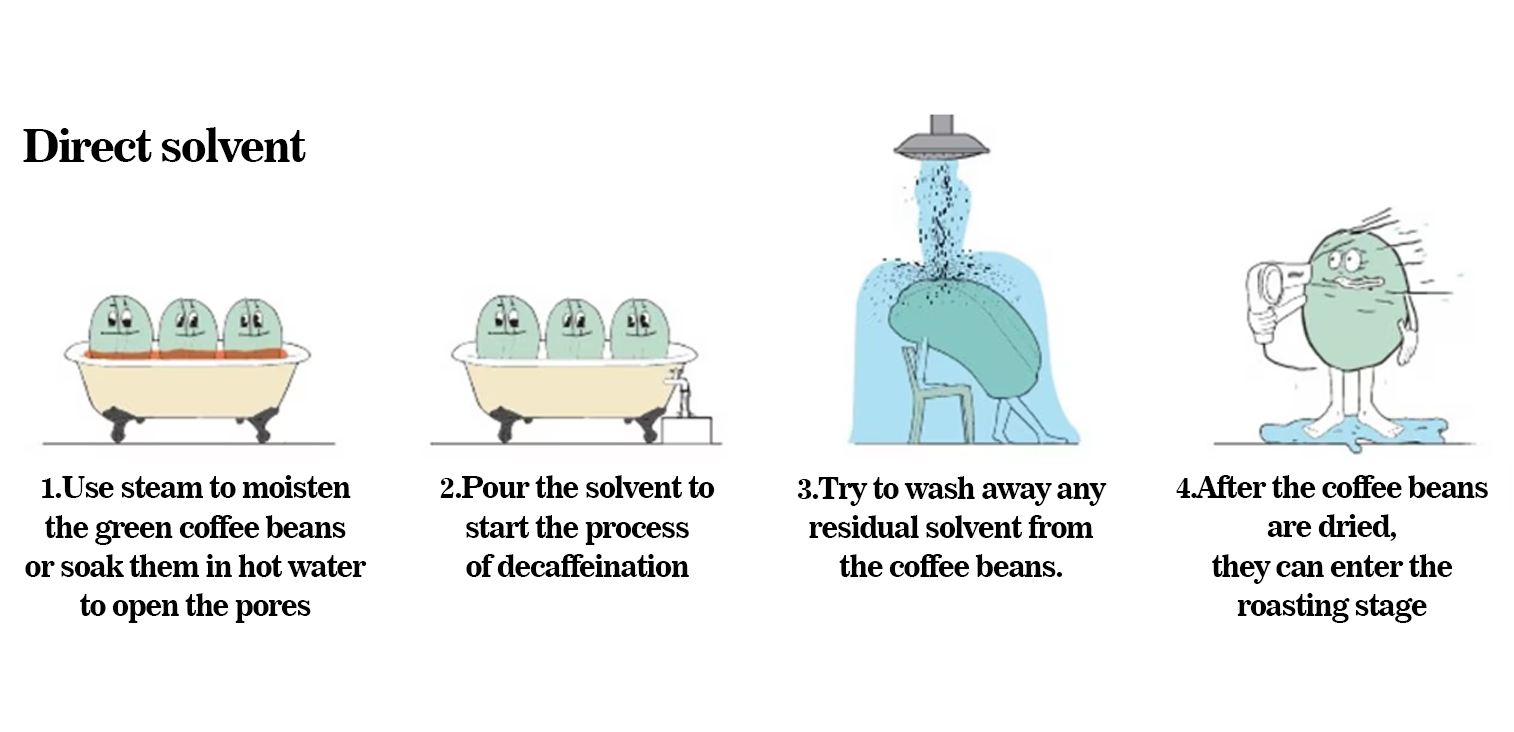
4. Carbon Dioxide (CO₂) Method
This method requires high-tech.
- Green beans are soaked in water.
- Then they’re placed in a stainless steel tank.
- Supercritical CO₂ (a state between gas and liquid) is pumped in under pressure.
- The CO₂ targets and binds with caffeine molecules, leaving flavor compounds untouched.
The result is a Clean, flavorful decaf with minimal loss. This method is expensive but gaining traction in specialty markets.

How Much Caffeine Is Left in Decaf?
Decaf isn’t caffeine-free. Legally, it must be 97% caffeine-free in the U.S. (99.9% for EU standards). This means an 8 oz cup of decaf might still contain 2–5 mg of caffeine, compared to 70–140 mg in regular coffee.
That’s barely noticeable for most people, but if you’re extremely sensitive to caffeine, it’s something to be aware of.
Does Decaf Taste Different?
Yes and no. All decaf methods slightly alter the bean’s chemistry. Some people detect a milder, flatter, or slightly nutty taste in decaf.
The gap is closing fast with better methods, like Swiss Water and CO₂. Many specialty roasters now create flavorful, nuanced decafs that stand shoulder-to-shoulder with regular beans.
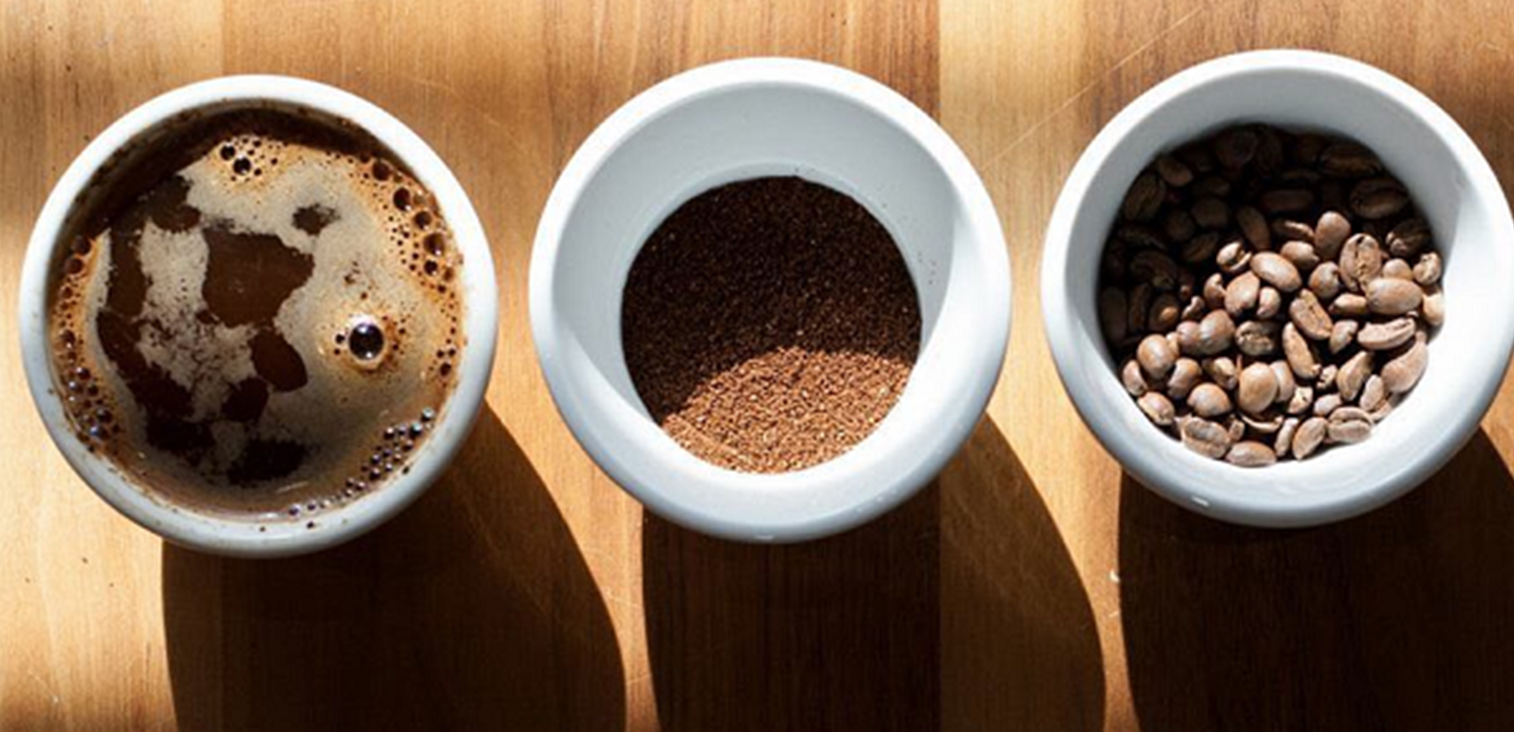
Should You Be Concerned About Chemicals?
The solvents used in decaf (like methylene chloride) are tightly regulated. The amounts used are tiny. And they’re removed through steaming and drying.
By the time you brew a cup, there’s no detectable residue. If you need extra caution, use the Swiss Water Process decaf, it’s solvent-free and fully transparent.
Sustainability Doesn’t End With the Bean
You’ve gone the extra mile for clean decaf , It also deserves sustainable packaging.
YPAK offers eco-friendly packaging solutions designed for coffee roasters who care about both product integrity and environmental impact, offering compostable, biodegradable bags to protect freshness while reducing waste.
It’s a smart, responsible way to package decaf that’s been carefully handled from the start.
Is Decaf Better for You?
That depends on your needs. If caffeine makes you anxious, interferes with your sleep, or spikes your heart rate, decaf is a solid alternative.
Caffeine doesn’t define coffee. Flavor does, and thanks to careful decaffeination methods, modern decaf preserves aroma, taste, body, while taking out what some want to avoid.
From Swiss Water to CO₂, every method is designed to make the coffee feel right, taste right, and sit right. Pair that with high quality packaging like YPAK’s—and you’ve got a cup that’s good from farm to finish.
Discover our tailored solutions of coffee packaging with our team.
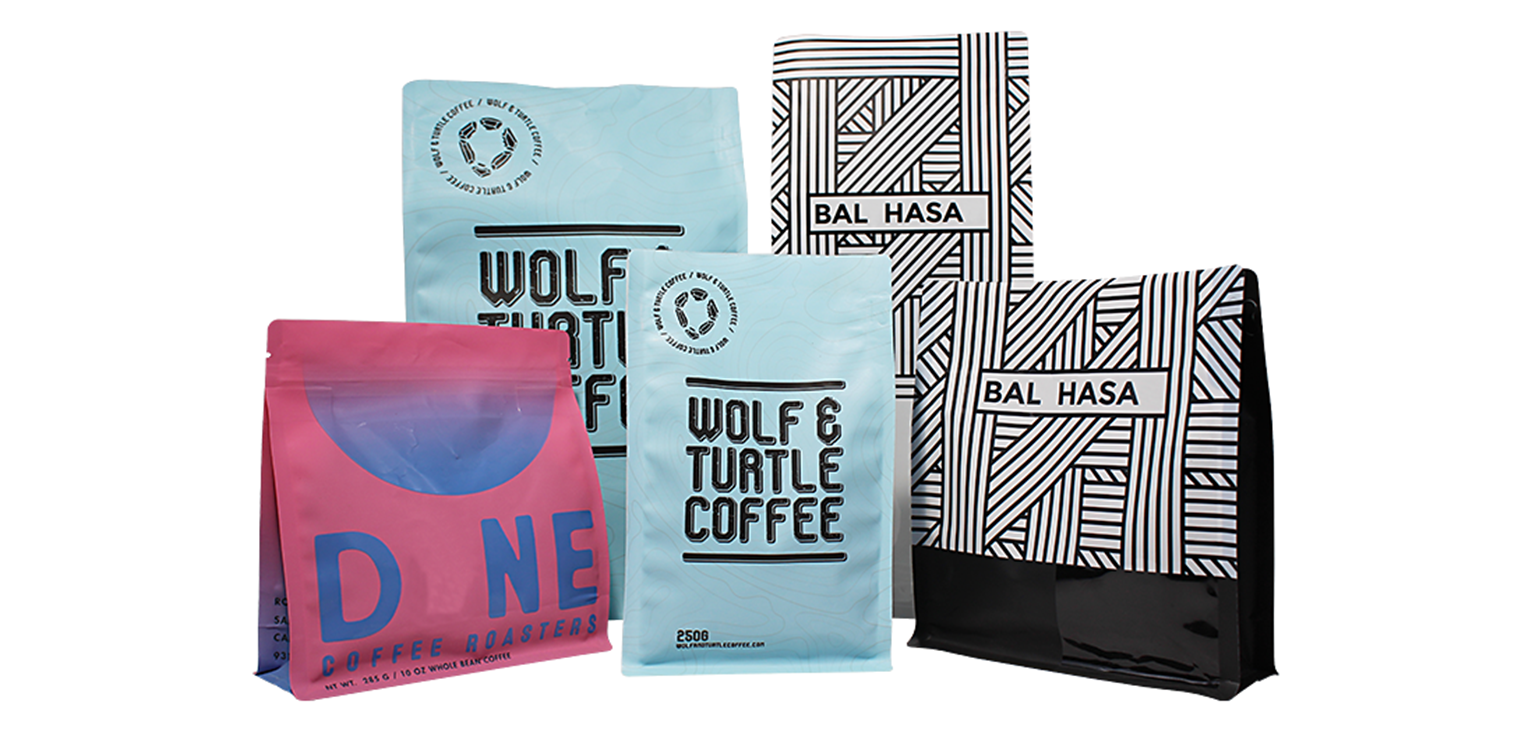
Post time: Jun-13-2025







